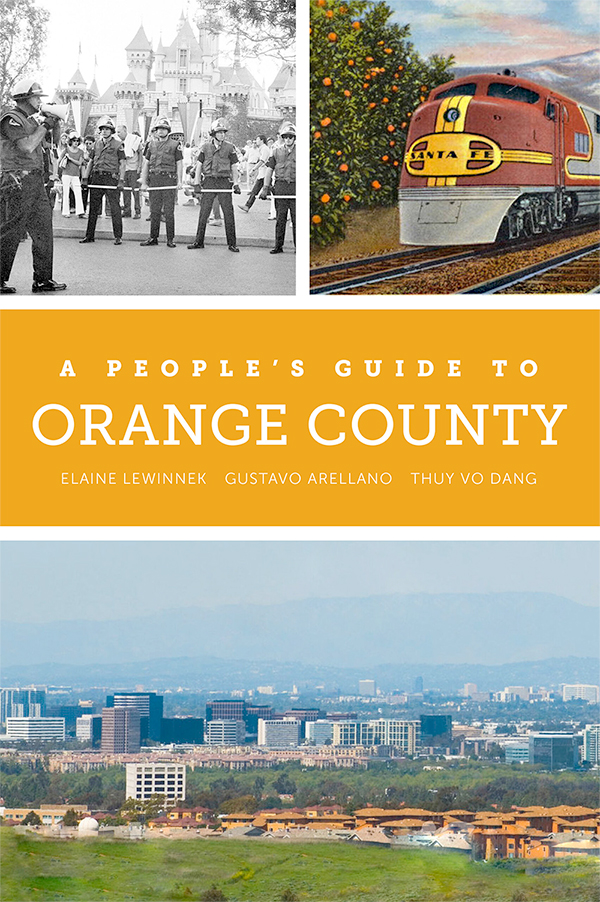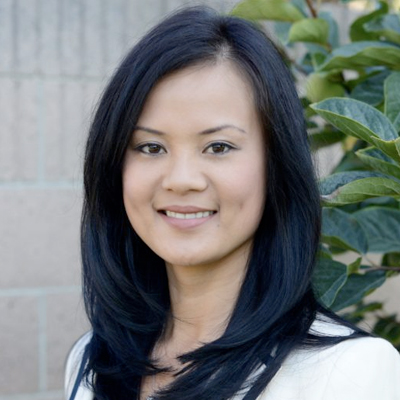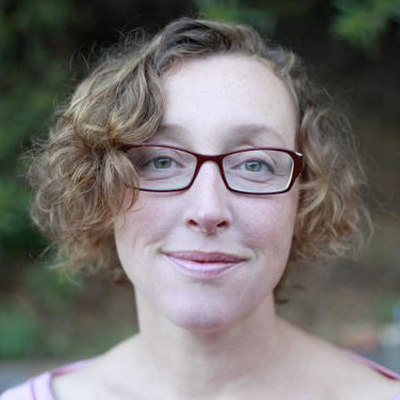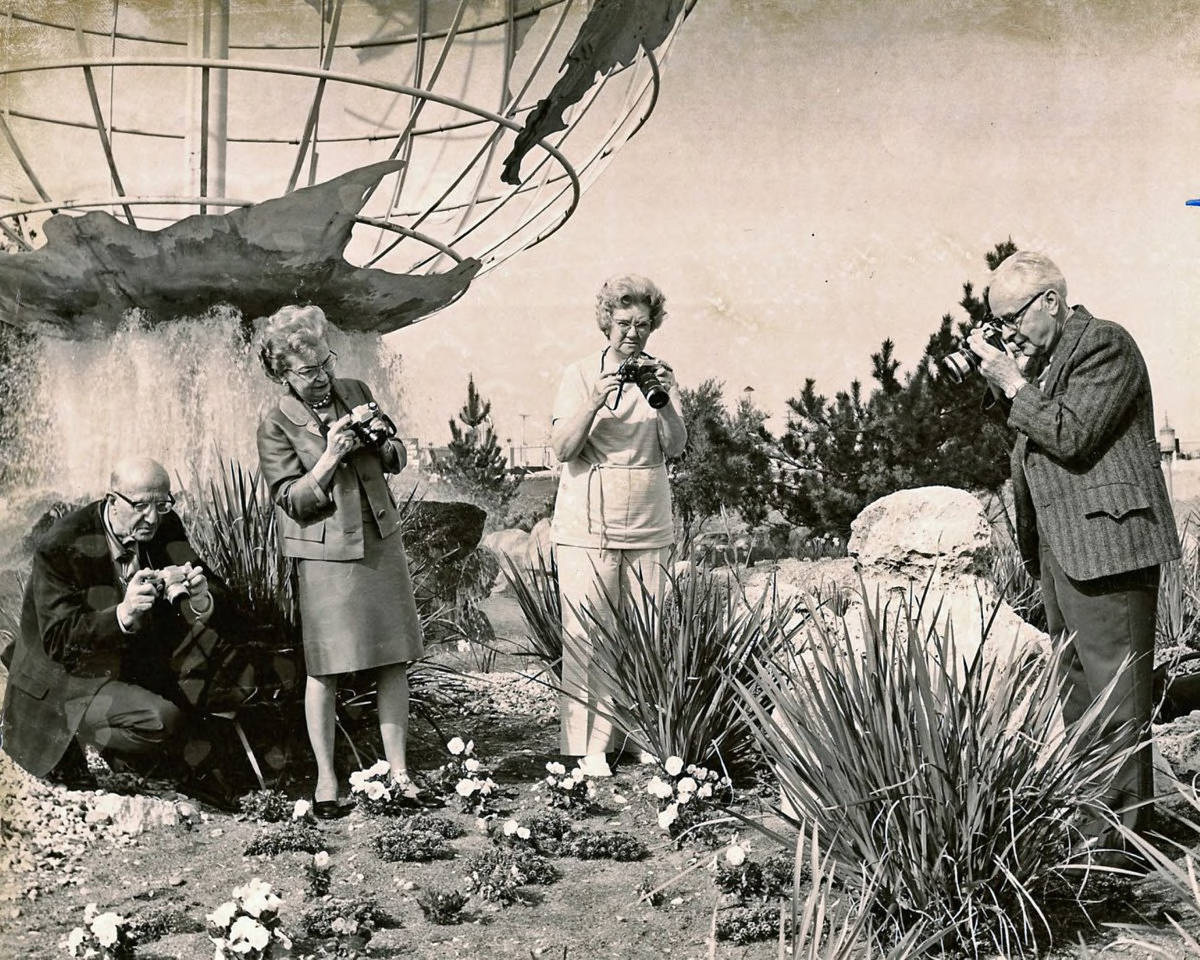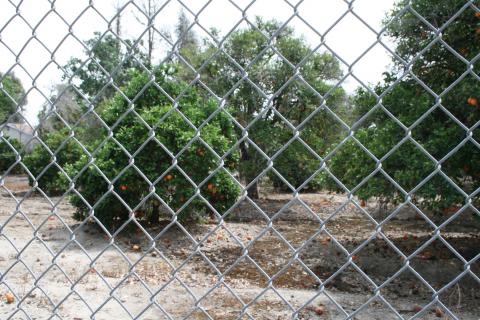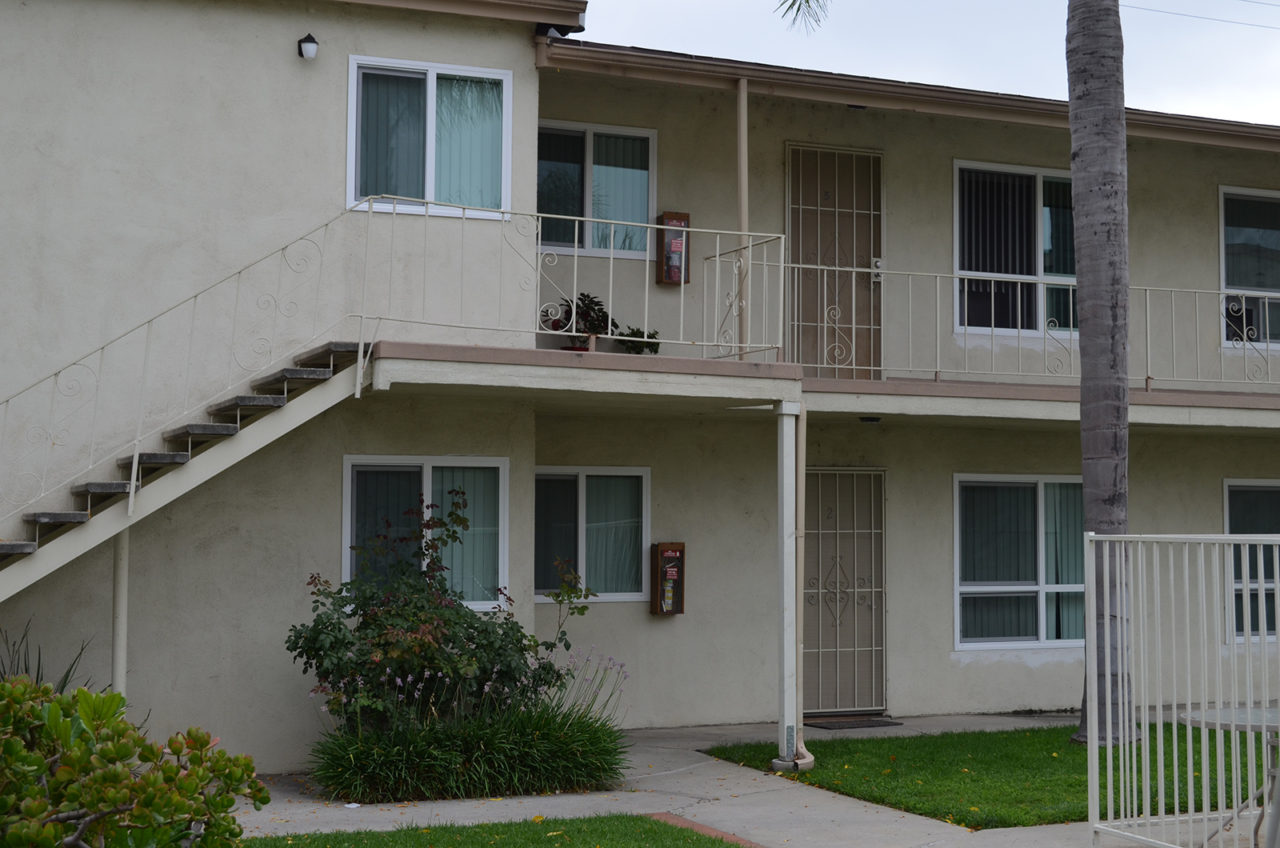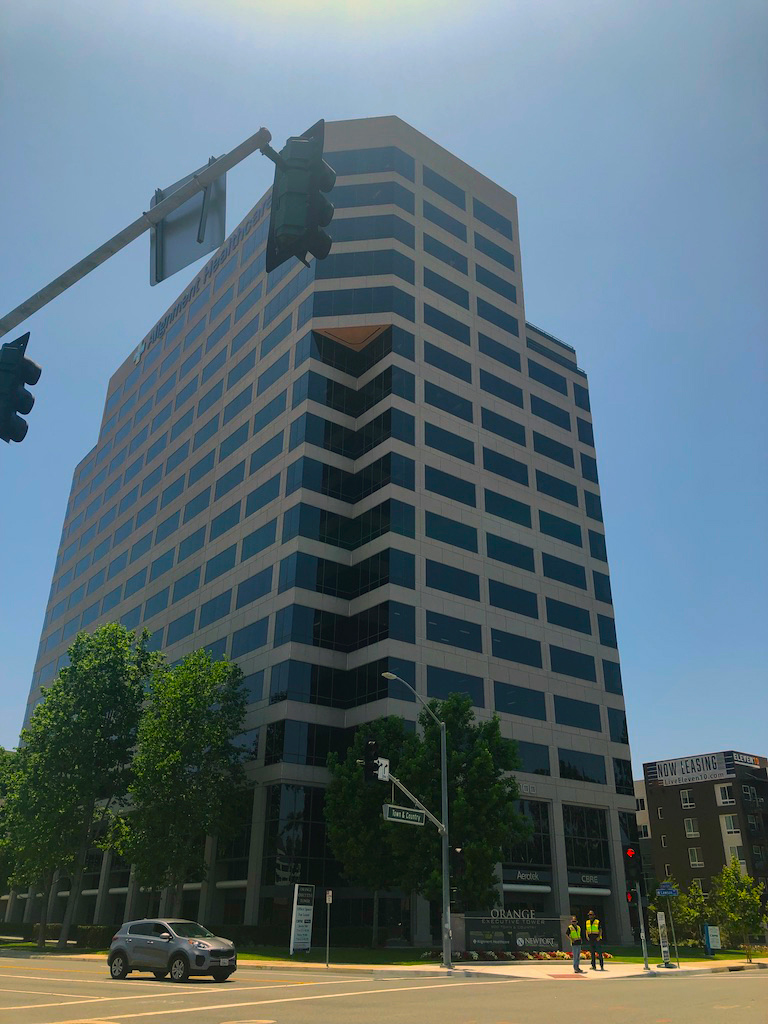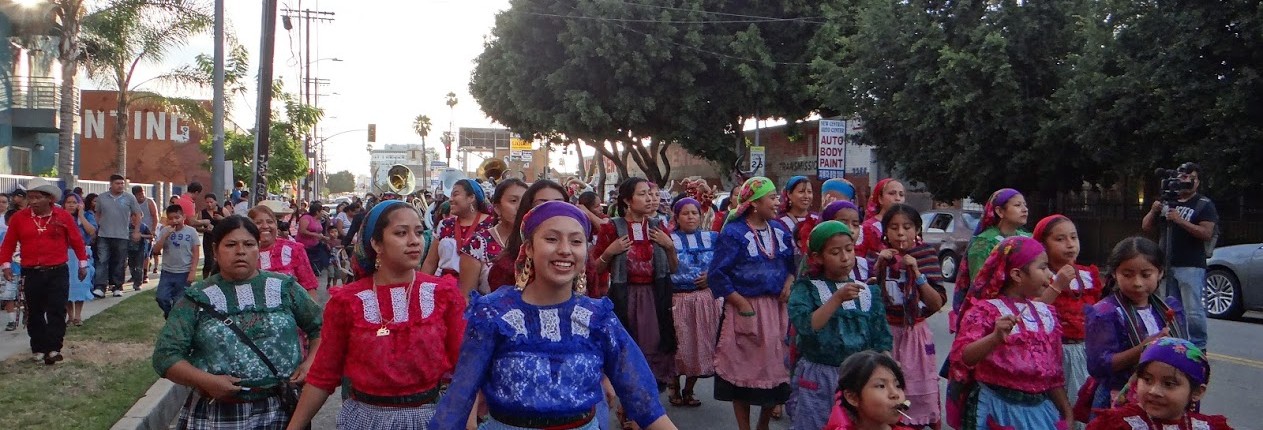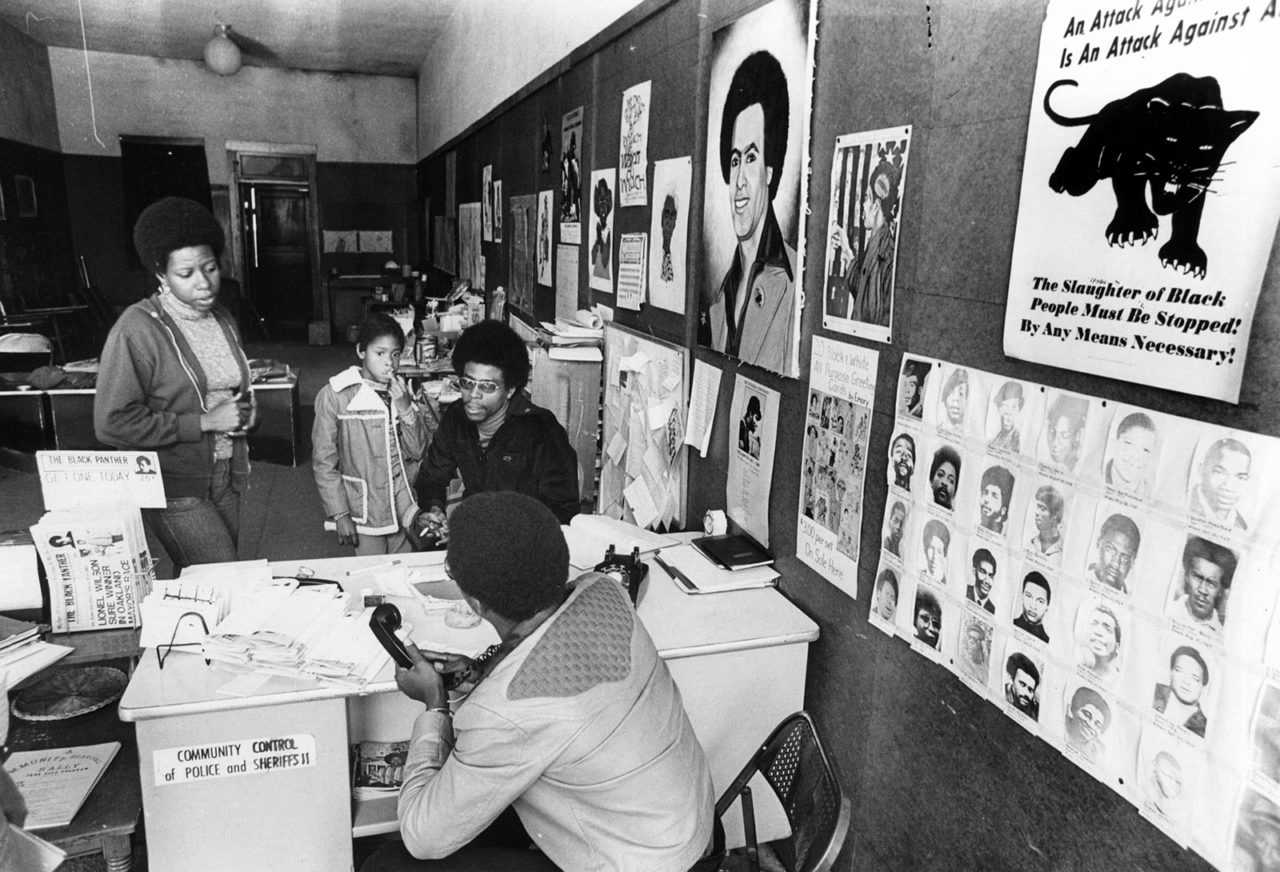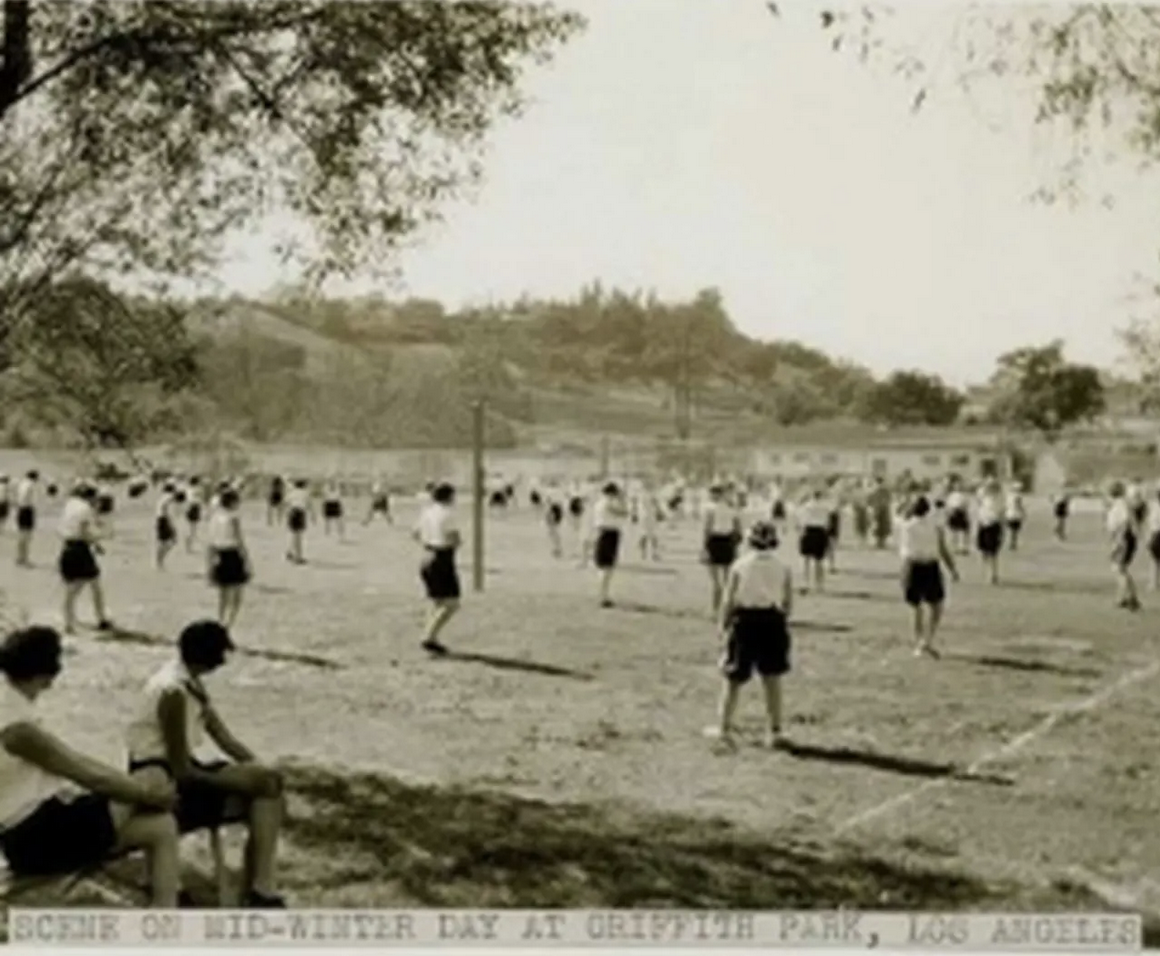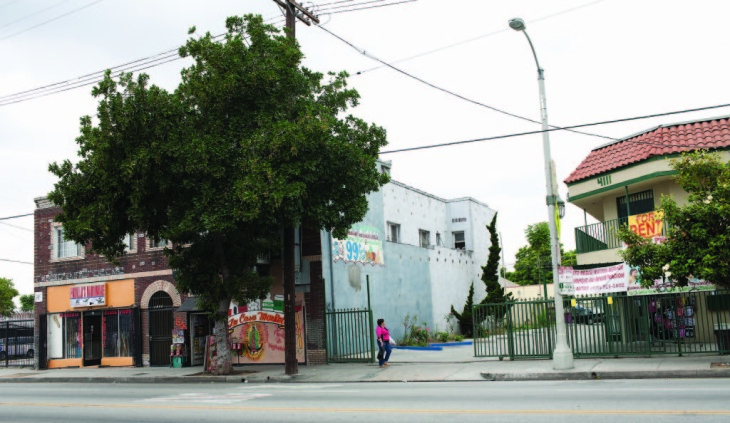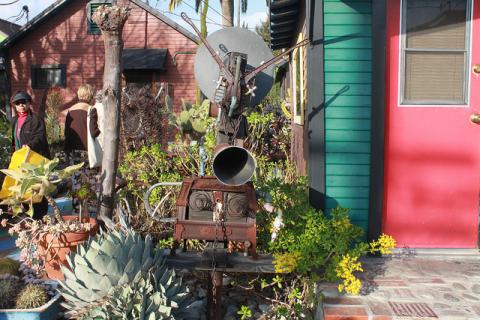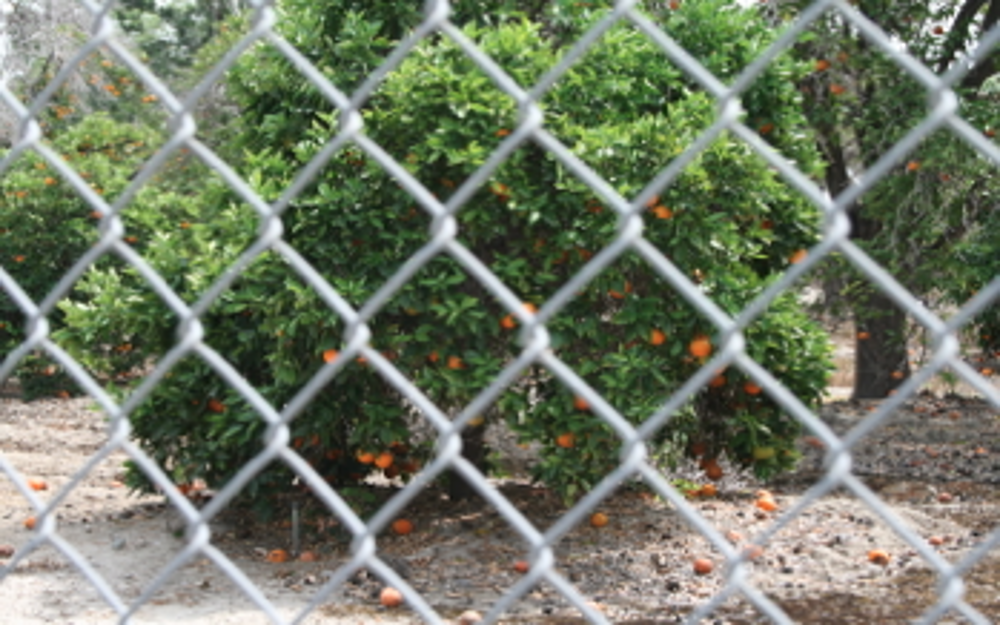
Orange County
Home to Disneyland, beautiful beaches, neo-Nazis, decadent housewives, and the modern-day Republican Party: this is Orange County, California in the American popular imagination.
Home to civil rights heroes, LGBTQ victories, Indigenous persistence, labor movements, and an electorate that has recently-turned blue: this is the Orange County, California that lies beneath the pop-culture representation, too-little examined even by locals.
First advertised on orange crate labels as a golden space of labor-free abundance, then promoted through the reassuring leisure of the Happiest Place on Earth, and most recently showcased in television portraits of the area’s hypercapitalism, Orange County also contains a surprisingly diverse and discordant past that has consequences for the present. Alongside its paved-over orange groves, amusement parks, and malls, it is a place where people have resisted segregation, struggled for public spaces, created vibrant youth cultures, and launched long-lasting movements for environmental justice and against police brutality.
READ MORE
Memorably, Ronald Reagan called Orange County the place “where all the good Republicans go to die,” but it is also a space where many working-class immigrants have come to live and work in its agricultural, military-industrial, and tourist service economies. While it is widely recognized for incubating national conservative politics during the Cold War, recently the legacy of Cold War global migrations has helped this county tilt Democratic, in a shift that has national consequences. It is a county whose complexities are worth paying attention to.
Every day, thousands of people drive past Panhe at the southern Orange County border without knowing that it is there. A thousands-year-old village where the Acjachemem nation of indigenous people still gather regularly, Panhe is visible from the 5 freeway if you know where to look. Nearby, a few miles inland from Panhe is the Capistrano Test Site, where President Ronald Reagan’s “Star Wars” program of laser missiles was secretly developed in the 1980s until its weapons of mass destruction were exposed by a forest fire. Both sites are reminders of the long, varied, and little-known history of Orange County, from an Indigenous village to a military-industrial laboratory. This website and its accompanying book — A People’s Guide to Orange County, forthcoming from University of California Press — aim to reveal the diverse range of Orange County’s past and present, exposing stories that are too often forgotten.
Contributors
Thuy Vo Dang
Dr. Thuy Vo Dang is the Curator for the Southeast Asian Archive at UC Irvine. She holds a Ph.D. in Ethnic Studies from UC San Diego.
Gustavo Arellano
Gustavo Arellano is author of Orange County: A Personal History and Taco USA: How Mexican Food Conquered America, and a Los Angeles Times. columnist
Elaine Lewinnek
Elaine Lewinnek is Professor of American Studies at California State University, Fullerton.
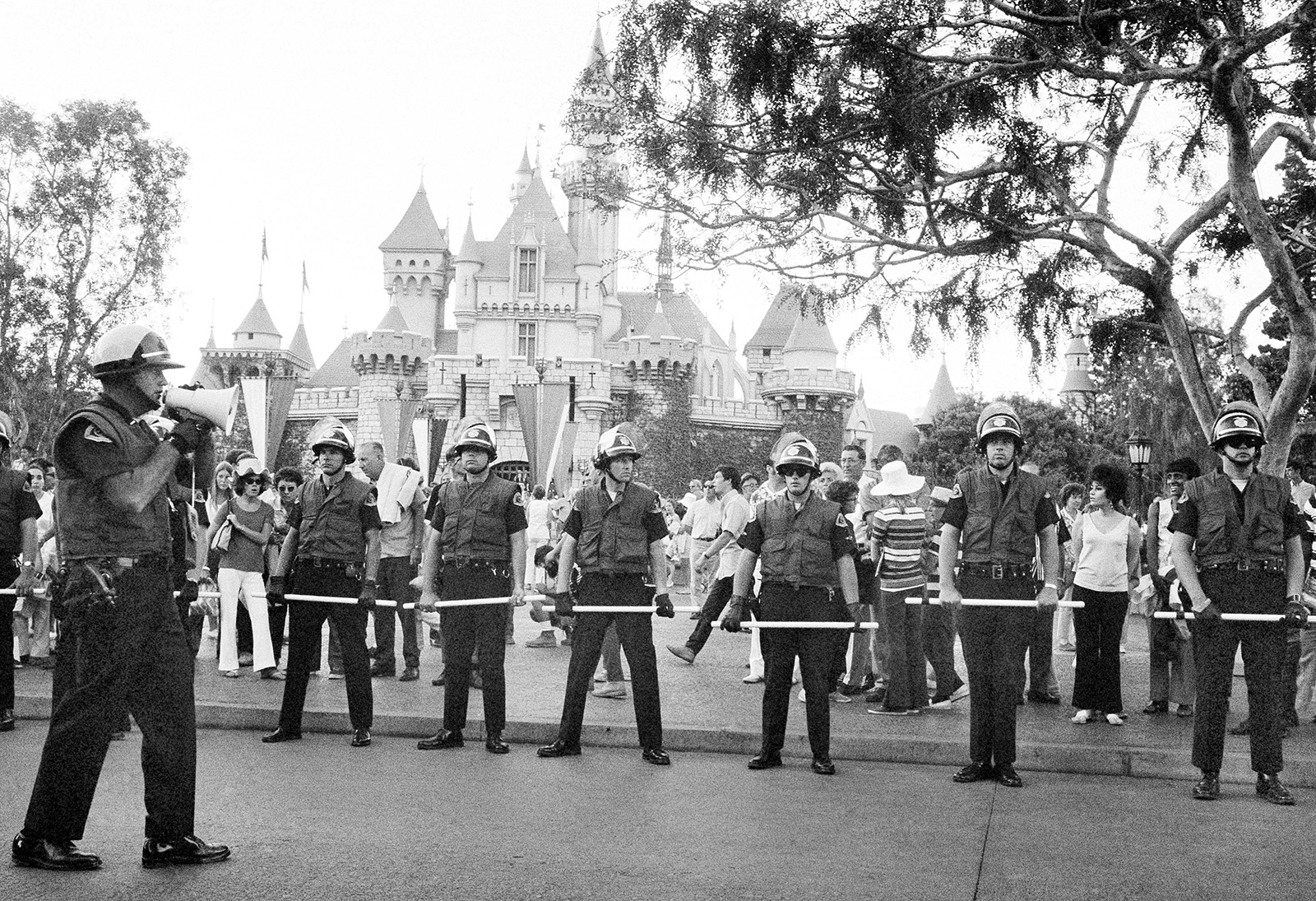
Selected Sites
Blog
People’s Guide Website Begins Beta Testing
On Friday the People’s Guide Website will begin limited beta testing leading up to launch…
A People’s Guide Goes Live
After many years, the first version of A People’s Guide is visible to the public!…
